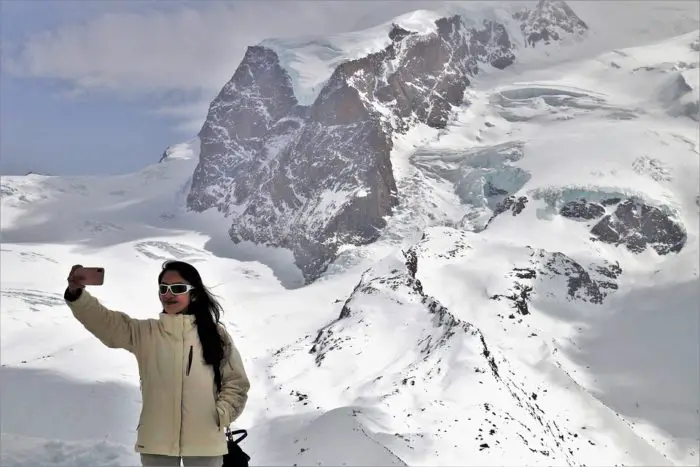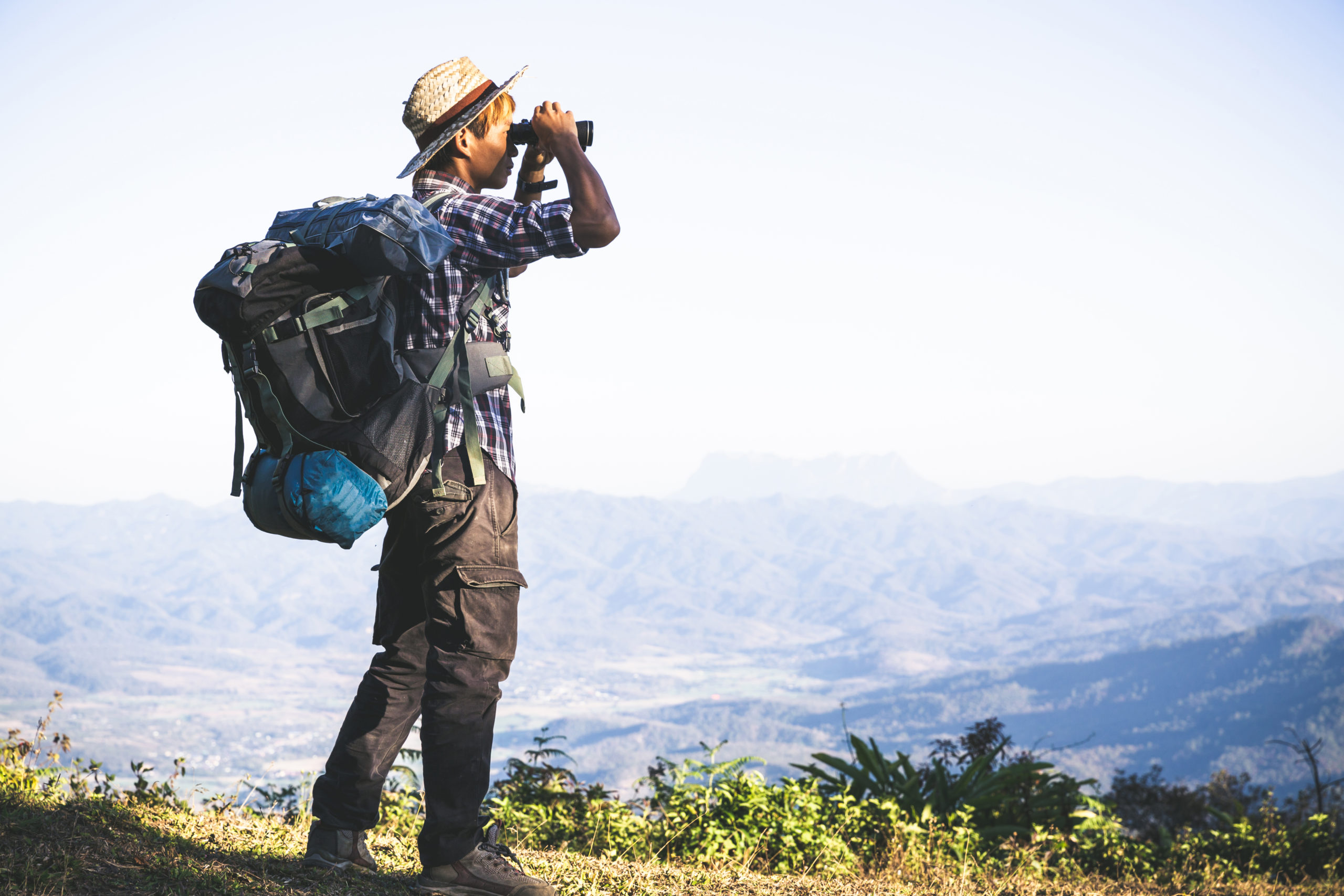Embarking on a thrilling mountaineering adventure requires gear that can withstand the rugged terrain and unpredictable conditions. One essential piece of equipment that often gets overlooked but is crucial for both eye protection and optimal vision is a reliable pair of mountaineering sunglasses. Whether you’re scaling snow-capped peaks or traversing rocky trails, having the best mountaineering sunglasses can make all the difference in your outdoor experience. Join us as we explore the top picks for 2024 to help you find the perfect shades for your next alpine escapade!
How to Choose Sunglasses for Mountaineering

When venturing into the mountains, protecting your eyes from the harsh sunlight and environment is crucial. Here are the key factors to consider when choosing mountaineering sunglasses:
- Lens Category: This indicates the amount of visible light the lens blocks. Mountaineering demands a high level of protection, so opt for Category 3 or 4 lenses. Category 3 offers good protection in most conditions, while Category 4 lenses are ideal for very bright environments like glaciers or high altitudes.
- Fit: Ill-fitting sunglasses can be dangerous and annoying. Look for sunglasses that hug your face comfortably and securely, with minimal movement. Adjustable nose pads and temple tips will help achieve a customized fit.
- Ventilation: Fogging can be a real problem when climbing. Choose sunglasses with good ventilation systems to allow airflow and prevent fogging up.
- Durability: Mountaineering sunglasses will be exposed to harsh conditions – wind, snow, potential drops. Choose sunglasses made from a strong, lightweight material that can withstand the elements. Grippy materials on the nose pad and temples will add security.
- Lens Features: Consider additional lens features that can enhance your experience:
- Polarized Lenses: These reduce glare bouncing off snow and ice, improving clarity and reducing eye strain.
- Photochromic Lenses: These lenses automatically adjust tint based on light conditions, offering versatility across varying light situations.
- Tint Color: While personal preference plays a role, consider tints like brown or amber for mountaineering. These enhance contrast and provide good depth perception in snowy environments.
- Brand and Budget: While some high-end brands are popular for mountaineering sunglasses, several mid-range options offer excellent features and protection. Do your research and prioritize features over brand name alone.
Now that you have browsed through the essential features you need to look for and consider while buying a pair for yourself, it is time to know the list of the best mountaineering sunglasses.
Best Sunglasses for Mountaineering in 2024
1) High-End Sunglasses
Oakley Men’s Oo9440 Clifden Sunglasses:
The Oakley Clifden Round sunglasses offer intriguing features, but ultimately fall short as the perfect mountaineering companion. Oakley’s HDO promises exceptional visual clarity, crucial for navigating challenging terrain. However, the standard Prizm Black lenses, typically categorized as Category 3, might not provide the necessary sun protection for the intense light encountered at high altitudes. This becomes even more concerning with the absence of built-in side shields, which are essential for deflecting wind, snow, and peripheral sunlight.
While the O-Matter frames boast impressive durability, some mountaineering sunglasses prioritize even lighter materials for optimal comfort during long climbs. On the other hand, if your adventures are more casual hikes or everyday wear, the Clifden’s combination of clarity, style, and durability could be a good fit. But for serious mountaineering endeavors, prioritizing sunglasses with a higher category lens and built-in side shields will ensure maximum eye protection and a safer, more focused ascent.
Pros:
- Sharp vision (HDO)
- Enhanced color (Prizm lenses – check category)
- Durable frames
Cons:
- Lower sun protection (might need higher category lenses)
- No built-in side shields (need separate purchase)
- Not the lightest option
- Potentially pricier (with side shields)
Smith I/O MAG:
The Smith I/O MAG sunglasses are a compelling choice for mountaineers seeking versatility and adaptability. The MAG system allows for quick and easy lens swaps, letting you switch between the included bright light and low light ChromaPop lenses to conquer various lighting conditions throughout the climb. The 5X anti-fog inner lens and TLT technology work together to keep your vision clear, a critical feature when battling moisture and exertion. The comfortable, secure fit with adjustable elements ensures the sunglasses stay in place during strenuous activity. While not built-in, the helmet compatibility and wide, silicone-backed strap suggest integration with a helmet for additional wind and sun protection.
However, for some mountaineers, the lack of built-in side shields might be a concern, especially in harsh environments. Additionally, having to swap lenses manually could be cumbersome while wearing gloves.
Overall, the Smith I/O MAG excels in versatility and adaptability, making it a great choice for mountaineers who value clear vision in various conditions. However, if built-in side shields and ease of use with gloves are top priorities, other options might be better suited.
Pros:
- Adaptable lenses (bright/low light)
- Excellent anti-fogging
- Secure, comfortable fit
- Helmet compatible
Cons:
- No built-in side shields (need separate purchase)
- Swapping lenses with gloves might be tricky
- Potentially higher cost (extra lenses)
2) Mid-range Sunglasses
Julbo Vermont Glacier:
The Julbo Vermont Glacier sunglasses emerge as a strong contender for mountaineers seeking robust eye protection in extreme conditions.
Their Category 3 Spectron lenses, specifically designed for mountaineering, offer excellent UV protection and good shock resistance – crucial for high-altitude sunlight and potential hazards. The inclusion of removable leather side shields provides vital protection from wind, snow, and peripheral sunlight, addressing a critical concern for climbers.
While the classic round design and leather accents offer a touch of retro style, the focus remains on functionality. The curved temple ends ensure a secure fit during strenuous activity, and the lifetime warranty speaks volumes about the product’s built-to-last quality.
Though some mountaineering sunglasses might prioritize even lighter materials, the Julbo Vermont Glaciers strike a good balance between protection, durability, and comfort. They are a great choice for those seeking a reliable and stylish option for conquering mountain peaks.
- Pros:
- High sun protection (Category 3 lenses)
- Removable leather side shields (blocks wind, snow, sun)
- Durable build (built to last)
- Secure fit
- Cons:
- Not the lightest (some prioritize lighter materials)
- Leather side shields:
- Might not be preferred by everyone
- Prone to wear and tear
Julbo Explorer 2.0 Glacier:
Climbers seeking a feature-packed option will find the Julbo Explorer 2.0 a compelling choice.
Spectron 4 lenses, with only 5% visible light transmission, offer superior protection for the intense sunlight encountered at high altitudes. Strategically placed vents combat fogging, while a large lens design provides excellent coverage and a wide field of view – crucial for navigating challenging terrain.
The ergonomic fit prioritizes comfort with a flexible nose bridge and adjustable temple ends for a personalized fit. Removable, soft side shields made from bio-sourced Rilsan offer valuable protection from wind, snow, and peripheral sun, while also being lightweight and comfortable.
While some mountaineering sunglasses might be slightly lighter, the Julbo Explorer 2.0 strikes a good balance. The combination of superior sun protection, well-ventilated design, comfortable fit, and effective side shields make them a strong contender for serious climbers seeking a reliable and versatile option for their next summit push.
- Pros:
- Top sun protection (Spectron 4 lenses)
- Anti-fogging vents
- Wide field of view (large lenses)
- Comfy, secure fit (adjustable)
- Effective side shields (blocks wind, snow, sun)
- Eco-friendly frames
- Cons:
- Not the Absolute Lightest
3) Budget Friendly Sunglasses
Sunski Dipsea:
While the Sunski Dipsea sunglasses boast style and eco-friendly credentials, they wouldn’t be your trusty companion for conquering high peaks. The polarized lenses, perfect for reducing glare on sunny trails, likely lack the high-category sun protection needed for intense mountain light. The biggest concern for mountaineering is the absence of built-in side shields, crucial for deflecting wind, snow, and peripheral sun during your climb.
The comfortable, recycled plastic frames might not be as robust as mountaineering sunglasses built for harsh conditions. However, their lightweight design and lifetime warranty make them ideal for casual adventures or a stylish backup pair. For serious mountaineering, prioritize sunglasses with a higher category lens, built-in side shields, and extra durability to ensure maximum eye protection and a safe, focused ascent.
Pros:
- Glare Reduction: Polarized lenses for comfortable vision outdoors.
- Comfort: Lightweight recycled plastic frames.
- Durability (for Everyday Use): Lifetime warranty ensures longevity.
Cons (for Mountaineering):
- Limited Sun Protection: Lower category lenses might not suffice for high altitudes.
- No Side Shields: Exposed to wind, snow, and peripheral sun.
- Not Super Durable: Frames might not handle the rigors of climbing.
Better for: Casual hikes, everyday wear, or a stylish backup pair.
Tifosi Swank Sports:
Tifosi Swank sunglasses, while well-suited for various activities like cycling or running, lack the crucial features needed for serious mountaineering.
The brown gradient lenses, though offering glare reduction and UV protection, might not provide a high enough category lens for the intense sunlight encountered at high altitudes. This is a significant concern for eye safety during climbs. Additionally, the absence of built-in side shields leaves your eyes vulnerable to wind, snow, and peripheral sunlight, crucial factors to consider in harsh mountain environments.
While the lightweight Grilamid TR90 frame ensures comfort, some mountaineering sunglasses prioritize even lighter materials for extended wear. The focus on a comfortable, everyday fit might not translate well to the demands of a challenging ascent.
Overall, the Tifosi Swank excels in offering a stylish and comfortable option for various outdoor activities. However, for mountaineering, prioritizing sunglasses with a higher category lens, built-in side shields, and potentially lighter materials is crucial for optimal eye protection and a safe climb.
Great for running, cycling & everyday wear, but lacks key features for mountaineering:
- Limited Sun Protection: Lower category lenses might not be enough for high altitudes.
- No Built-in Side Shields: Exposed to wind, snow & peripheral sun.
- Not Ultra-Light: Focuses on comfort, not high-altitude demands.

Final Words
We have now listed the best choices for mountain climbing glasses, so you might as well take some time to decide which one you prefer the most.
Choosing one may not be accessible with the plethora of options available, but we’ve made sure to review only the best of what 2024 has to offer in terms of mountaineering sunglasses to help you narrow your choices.
Remember to consider the factors we have mentioned in choosing your sunglasses; of course, your preference comes first, then the things to consider will follow.
This way, you can associate your favorite type of sunglasses with the crucial features mountaineering sunglasses needs to possess for you to stay safe out there.

